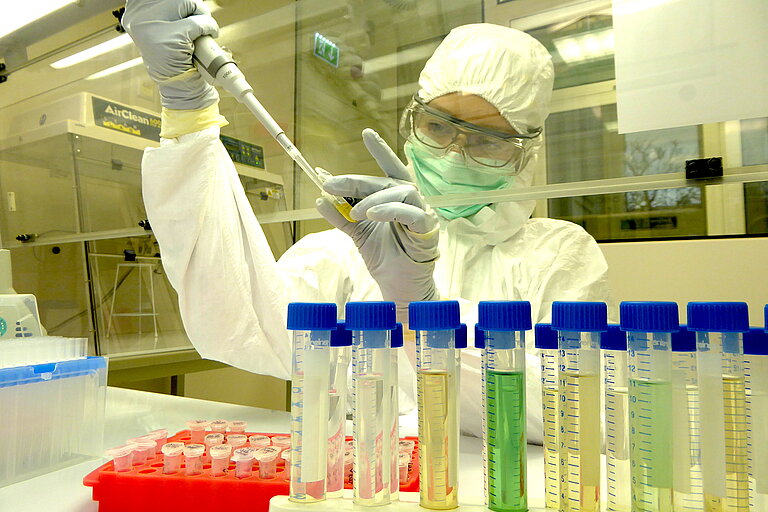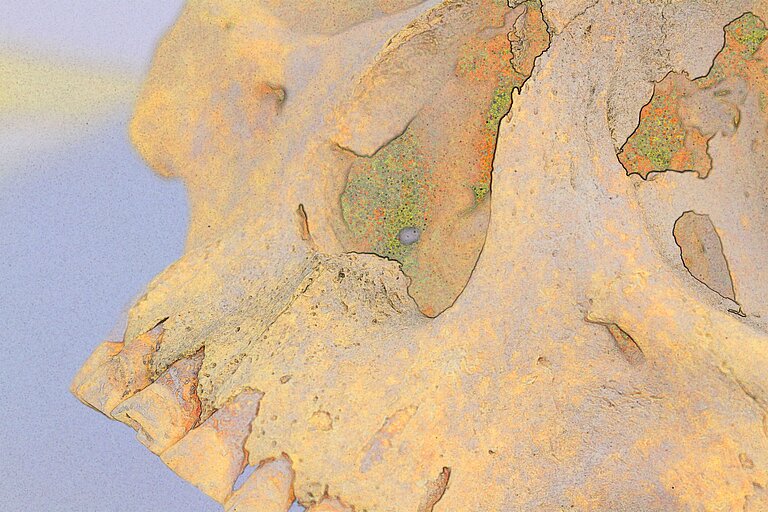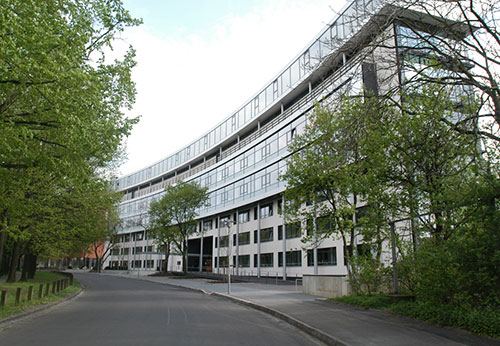
Department of Archaeogenetics
Director: Prof. Dr. Johannes Krause
The Department of Archaeogenetics utilizes the recent advances in molecular approaches on biomolecules, such as genome wide DNA sequencing, to uncover an entirely new spectrum of information that can be retrieved from sample repositories such as anthropological and archaeological collections. It is now possible to obtain detailed information about genetic relationships, geographical origin, selective processes or genetic structure of historical and prehistorical human, plant, animal or even pathogen populations using only miniscule samples.
News
The Department of Archaeogenetics (DAG) concentrates on generating genetic data of past populations spanning the last 10,000-20,000 years of Eurasian history to tester-examine previously formulated historical hypotheses. The reconstruction of the European genetic population structure at various time windows is a major focus of the DAG in order to evaluate historical migratory events and population relationships. Such an approach is used at multiple scales. On a local scale, e.g. to investigate the geographical origin of the Minoans, as well as on a global West Eurasian scale, e.g. the first millennia B.C., to scrutinize genetic evidence for large migration events. Such data is invaluable to a data-based understanding of connections between historical events, cultural changes, and actual population movement.
A second major focus of the DAG is host-pathogen interactions throughout history, providing direct evidence for the origin, causative agents, dissemination and evolution of major human infectious disease, e.g., tuberculosis, plague, leprosy or syphilis. The Neolithic zoonotic origin hypothesis for most human pathogens can be directly tested by genome-wide analysis of modern and historical pathogen strains. The frequency of human immunity-related genes is analyzed before and after major disease outbreaks, such as the late antique Justinian Plague or the Black Death, in order to test to the degree to which pathogens sculpt the genetic makeup of human populations throughout history. Genome-wide comparisons of historical and modern pathogens furthermore allow us to close the co-evolutionary connectivity loop to reconstruct adaptation patterns of the pathogen to the human host; screening arrays for hundreds of pathogens in parallel are used to reveal how often we find evidence for syndemics, the parallel spread of multiple pathogens during a major health crisis.
A third major focus of the DAG is human-mediated transformations of biological resources such as plants and animals throughout the last 12,000 years. Archaeological material and herbaria or museum collections offer a tremendous resource for the genetic reconstruction of various steps of directed selection and adaptation during plant and animal domestication. While some evolutionary biologists have quipped that it was the crop plants that domesticated humans, there is no question that these processes transformed human societies causing major expansions and migrations of populations in human history.
To generate large genetic datasets to address historical questions the DAG built up a modern genetic lab with clean room facilities and molecular biology labs as well as a computational environment that allows processing and analysis of such datasets.


